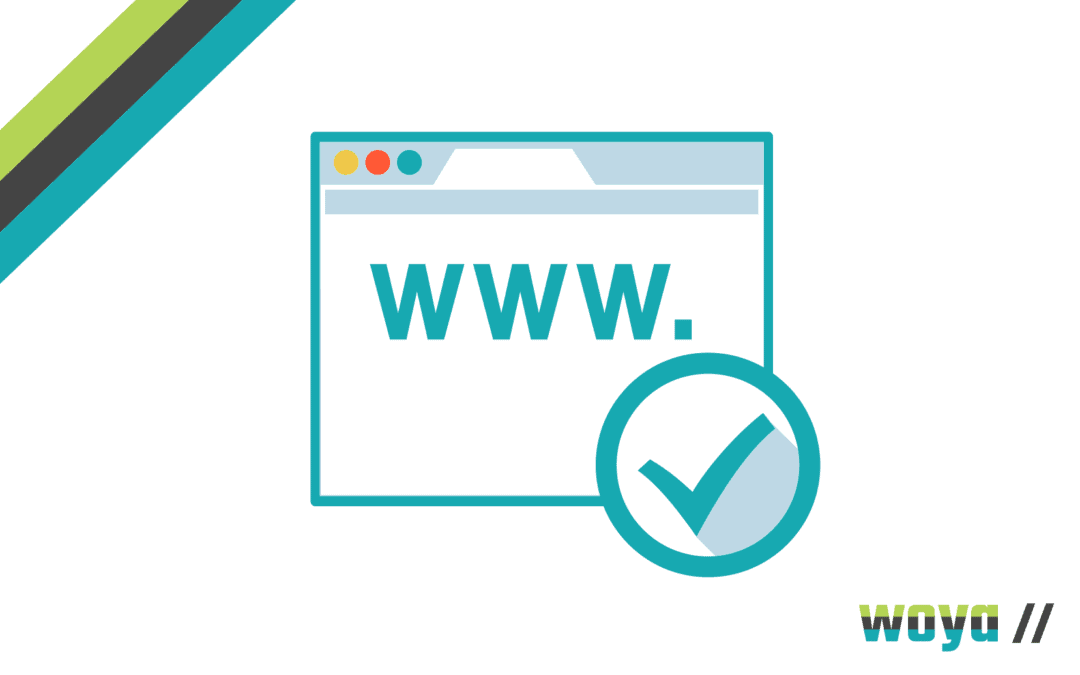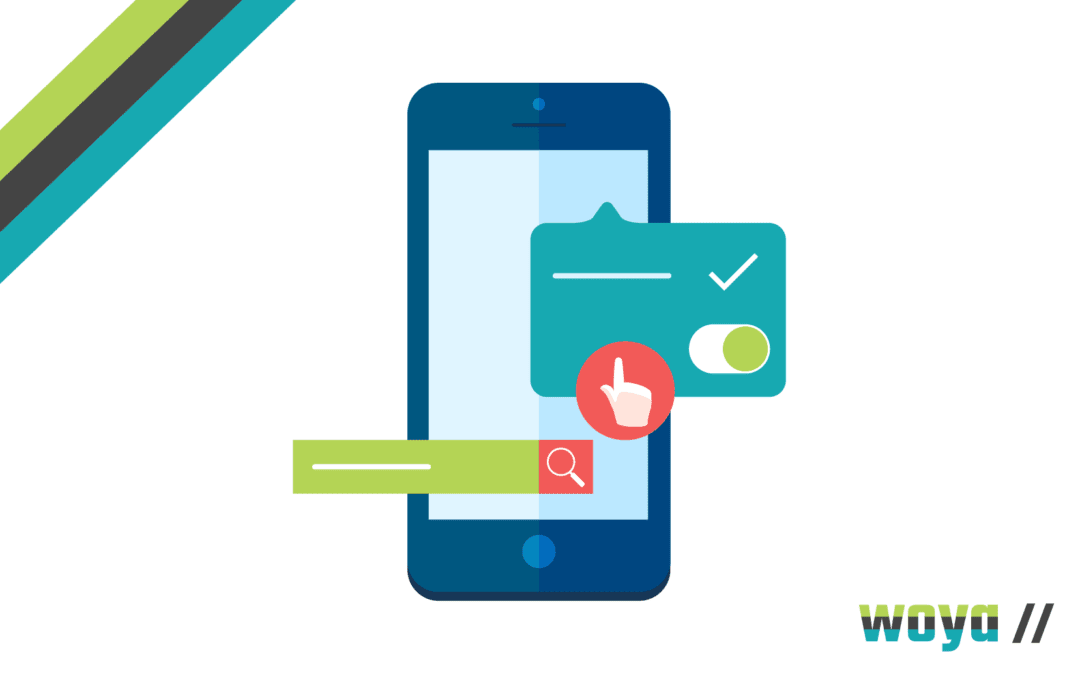
How To Buy A Domain Name For Your Website
Reading Time: 2 minutesThe domain name, or home, for your business is a critical point for your company’s visibility. If customers can’t easily find your online presence, they’re unlikely to search for long, and may well find a competitor of yours instead.
Domain names are a big market, and prices range from several pence to thousands of pounds depending on the terms used. Your domain name should be relevant, easy and intuitive. Here we show you how to buy a domain name for your website.
What is a Domain Name?
Put simply, a domain name is the address of your website on the internet. Beginning with www. (an abbreviation for world wide web) and ending in a range of suffixes (the most common being .com, .co.uk, .net and .org), it is usually just your company’s name.
A domain name links through to your website, so when it’s typed into an internet browser or clicked through to, it directs to your business website. Your website doesn’t actually ‘live’ here as such, but it’s how it will be found.
How Do I choose a Domain Name?
Normally, a domain name will be your business name. However, if for any reason this isn’t available, you may wish to pop in hyphens, shorten or abbreviate it or go for something else entirely. For example, if your company is a mechanics based in Sheffield, sheffieldmechanics dot com may suit you rather than your business name.
Your website can have as many domain names as you like, although you should only communicate one for consistency. Other domain names may be in place to help potential customers swerve competitors or just to capitalise on random searches.
How Do I Find Out Which Domain Names are Available?
Search! Domain name companies will be able to list out variations of your chosen name for you to select from. You may still be able to buy names directly from the owner, but this is often an expensive way to purchase and ideally, should be avoided.
Are Domain Name Prices Set?
Absolutely not! Domain name companies often host sales and different offers, so it makes sense to shop around. As with any purchase, you’ll find different price points and different levels of service from different providers, so only settle for someone that you feel works for you and your business.
Most domain names can be bought from more than one provider, so there’s no need to find the name you want and buy it immediately without checking others.
How to Buy a Domain Name for Your Website
Different domain name companies will have different processes, but in most cases, you’ll need to select your domain name and/or service package, make a card payment, and it’ll be yours immediately. Once allocated to you, you can assign the domain name to direct to your business website and it will be ready to use within 24-hours.
Domain name purchases are usually valid for a year, so unless subscribing for longer, you will need to re-purchase thereafter.
For information and support with regards to getting your new business website up and running get in touch with the Woya Digital team and find out all about our pay monthly website support packages.


